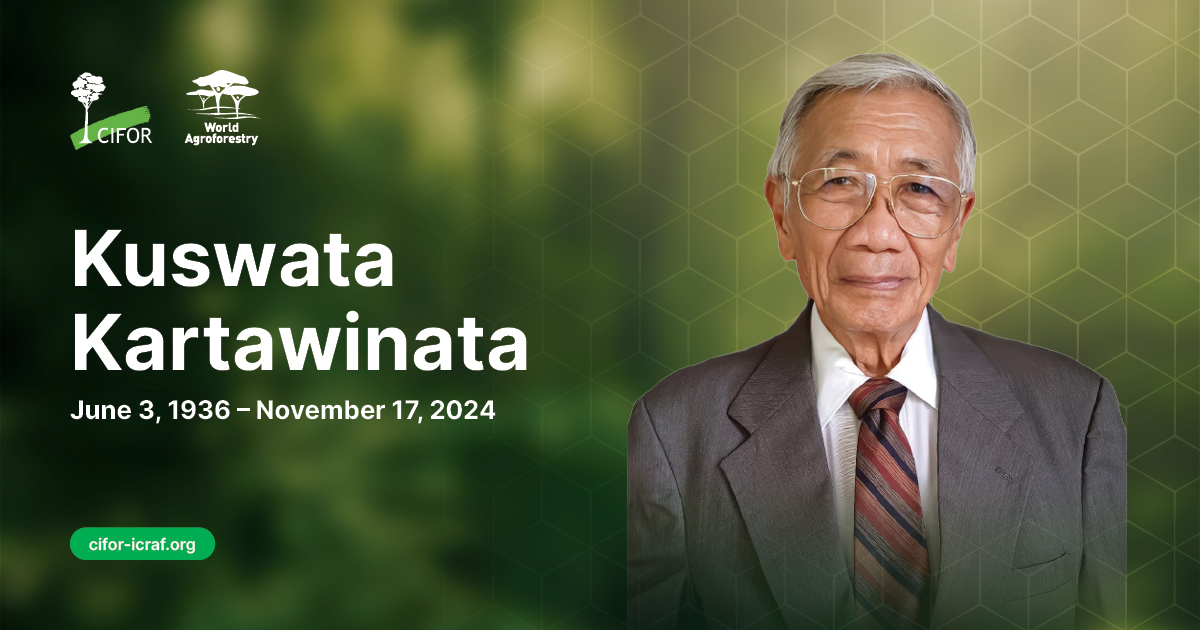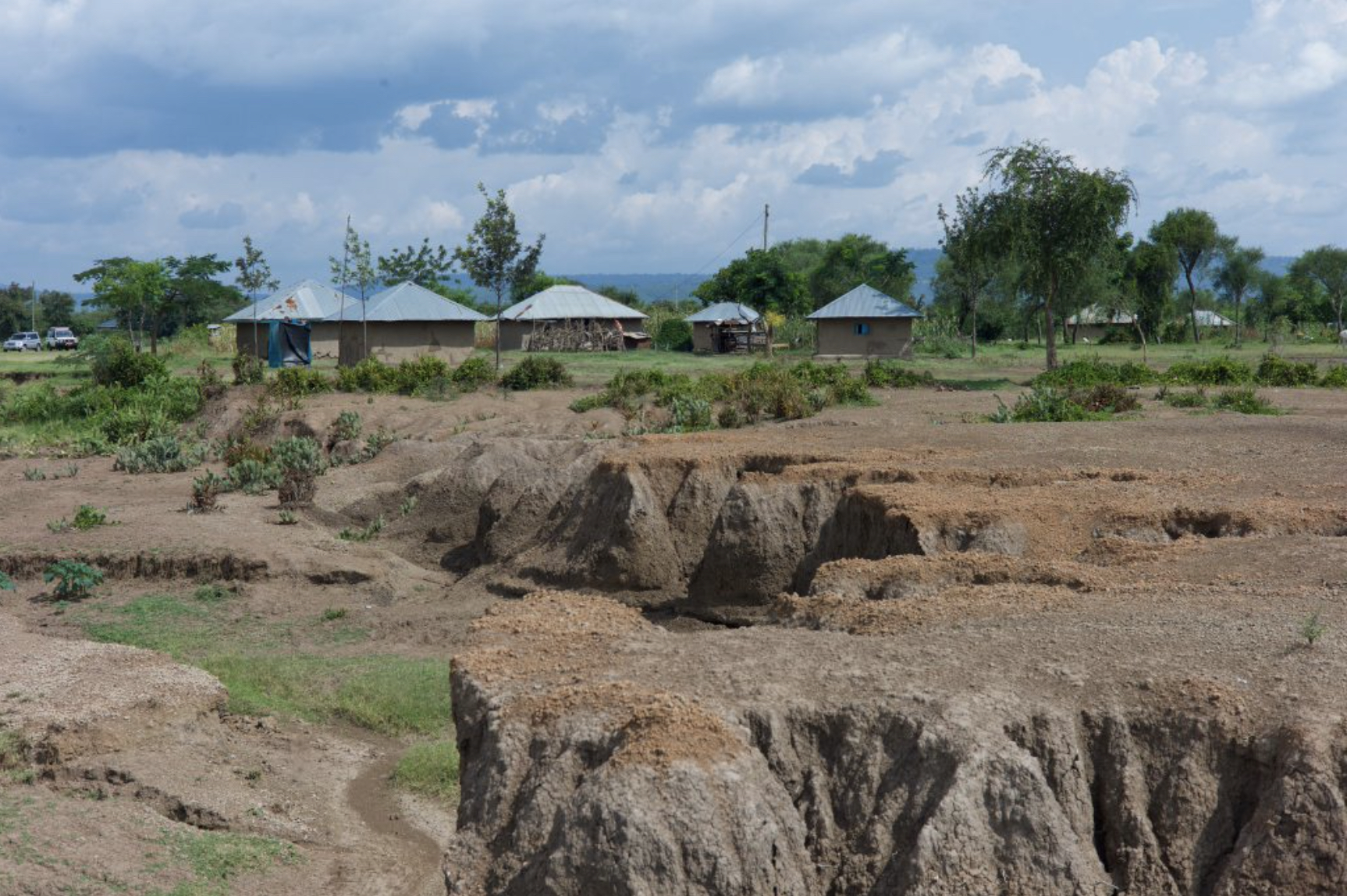Description
Sub-Saharan Africa has approximately 660 million hectares of degraded land, representing a significant portion of degraded land globally. Land degradation is the leading cause of stagnation in crop production, creating uncertainties for food and income security. It must therefore be a priority to secure future food and protect these high biodiversity, carbon-rich ecosystems. There are major uncertainties about how processes of restoration can be implemented (in cases of severe degradation) and sustained (in cases of competing demands for land). Land has often been converted from forests to agriculture. Once converted, a combination of low nutrient inputs and high grazing pressure, and social and climatic changes, leads to degradation. The result is reduced productivity and nutritional quality of agricultural products. This project aims to reverse this trend by exploiting plant biodiversity and livestock management to accelerate grassland restoration, and boost livestock productivity and ecosystem conservation.
This interdisciplinary project uses a multi-scale approach. First, we are studying primary productivity and the state of degradation at the landscape level in two contrasting sites in the highlands of Kenya. Second, we will characterize the biological and socio-ecological determinants of these states and use field- and plot-scale studies to identify mechanisms involved in successful restoration exploiting biodiversity. Third, we will explore alternative management and regulatory scenarios quantifying the benefits for livestock production and for ecosystem conservation. Combined, the results will be used to design a multi-scale action plan for restoration, a model that is relevant for the highly populated highlands of East Africa.
























